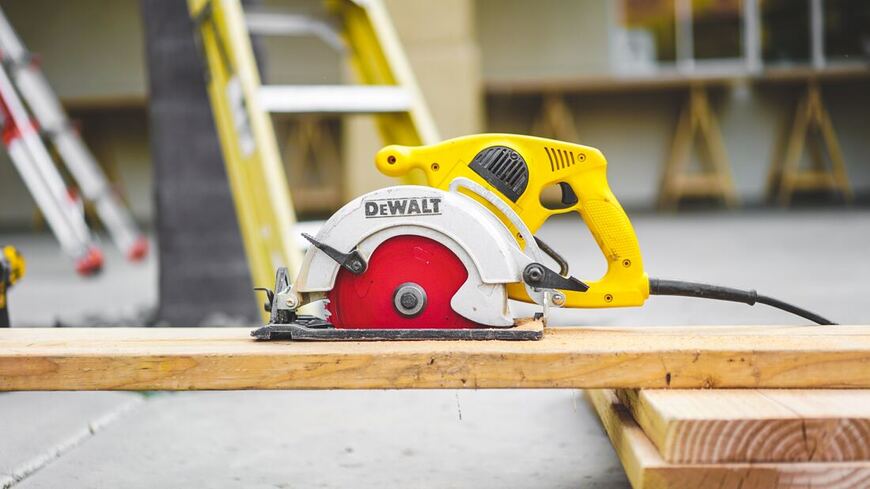|
Training in the construction industry is a LEADING INDICATOR AND PREVENTION OF INJURY AND DEATH IN THE WORKPLACE. Not only is proper training good practice, it is also one of OHSA’s most common citations. Proper training and the documentation of that training can save thousands of dollars in fees, lost time and insurance claims. OSHA requires recordkeeping in two areas; Injuries & Illnesses and Safety Training. Injury & Illness Reporting Requirements OSHA requires construction employers with 10 and more employees to keep a record of serious work-related injuries and illnesses. What is considered a recordable injury?
What is considered First Aid?
What does OSHA consider a severe injury? A severe injury includes a fatality, amputation, loss of eye, or hospitalization (formal admission to hospital for treatment). In the case of a fatality, OSHA must be notified within (8) hours of the incident. In the cases of amputation, loss of eye, or hospitalization, OSHA must be notified within (24) hours of the incident. How do you record these injuries and illnesses?
*A recent update (2/25/2019) now does not require companies with more than 250 employees to electronically submit their OSHA 300/301 forms. They are still required to maintain these records each year and continue posting by location. Training Reporting Requirements (29 CFR 1910/1926) It is the employer’s responsibility to initiate and maintain programs for accident prevention. Training is both task and hazard specific. Below is an example of when training is required:
How often in training required? OSHA requires that some trainings be repeated after a certain period of time. Below are several of those trainings.
Here is a complete list of Training Standards
When are refresher trainings required? Refresher trainings are required to reiterate the most important aspects of a training and also to incorporate any changes made pertaining to the specific topic. Refresher trainings should be implemented when one of the following instances occur:
What kind of information should be recorded for training? Training documentation should include:
The best ways to keep your employees safe in the workplace is to provide them with the proper tools and training to get the job done correctly without putting them in danger. STAC emphasizes this by assisting in recording injuries & illnesses and tracking your employee safety trainings and certifications. By having real-time access to these important records, you can have the peace of mind knowing your employees have been given the proper training that is up to date with current standards. Additional Resources: PART 1904 - RECORDING AND REPORTING OCCUPATIONAL INJURIES AND ILLNESSES PART 1926 - SAFETY AND HEALTH REGULATIONS FOR CONSTRUCTION Training Requirements in OSHA Standards
0 Comments
|
AuthorSTAC Admin Categories
All
Archives
July 2024
|


 RSS Feed
RSS Feed